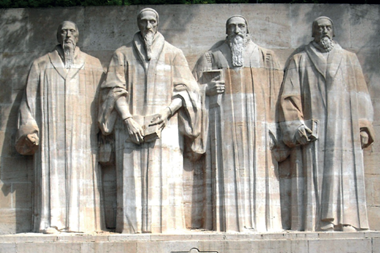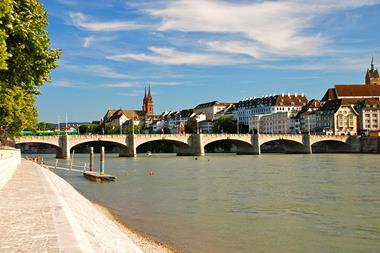The equity market downturn in the last quarter of 2018 left many Swiss pension funds with major dents to their funding levels.
On average the funding ratio of Swiss schemes fell to 102.7%, from 108% at year-end 2017, according to sample calculations by consultancy Complementa.
In its annual “risk check-up” analysis of the market, the company highlighted that returns in the first few months of 2019 “more than made up” for the previous quarter’s losses.
A return of 6.5% between January and the end of April brought the average funding level back up to 108.5%.
“It is an advantage of the system that pension funds can have a high equity quota of around 30% on average, even if their risk tolerance is limited by a lowered funding level,” said Jürgen Rothmund, author of the report. “Swiss Pensionskassen profited from this significantly in the first quarter of this year.”
However, he advised pension funds and the public “not to be blinded by the vast improvement in the funding level in the first quarter” as underlying systemic problems remained.
The analysed funds continued to lower their exposure to bonds to increase investments in real estate, equities and alternatives.
According to Rothmund, it was mainly the “newer forms of alternatives” that were gaining new investors: in particular infrastructure, private debt and insurance-linked securities.
Traditional alternative categories – hedge funds, private equity and commodities – were “relatively stable regarding the investment volume”, he added.
Pension funds were “not only adding alternative investments for higher returns but also for diversification purposes”, Rothmund said.
In total, the Complementa analysis showed that the current average investment mix could yield around 2.3% annually over the next few years.
“This should be just enough to finance the target return over the next years,” Rothmund said – but only if adjustments continued to be made on the passive side.
Conversion rates
More and more Swiss Pensionskassen with contribution rates above the mandatory level have been cutting the conversion rate to well below the current 6.8% legal threshold for the mandatory part of pension payouts.
Rothmund said: “To finance the current conversion rate Swiss pension funds would need to take more investment risks and that would not be sensible.”
However, he added that many Pensionskassen had “already taken steps” to lower the Umwandlungssatz (UWS), the conversion rate used to calculate pension payouts from accrued assets upon retirement.
Complementa found that the “speed at which the UWS was lowered was higher than expected” in the previous year.
According to experts, 4.86% would be the actuarially correct conversion rate given the current market and demographic environments.
In the sample analysed by Complementa, the conversion rate was set to fall to 5.28% in stages by 2024.
“To compensate for the lower conversion rate for the younger generation, they either will have to start saving earlier in the second pillar, pay higher contributions, or retire later,” Rothmund said.
Overall, Complementa said it had a “positive outlook” for the second pillar. Rothmund stated: “Cross-financing from active members’ assets to retirees will continue for a few more years but the adjustments have already been put in place.”










No comments yet